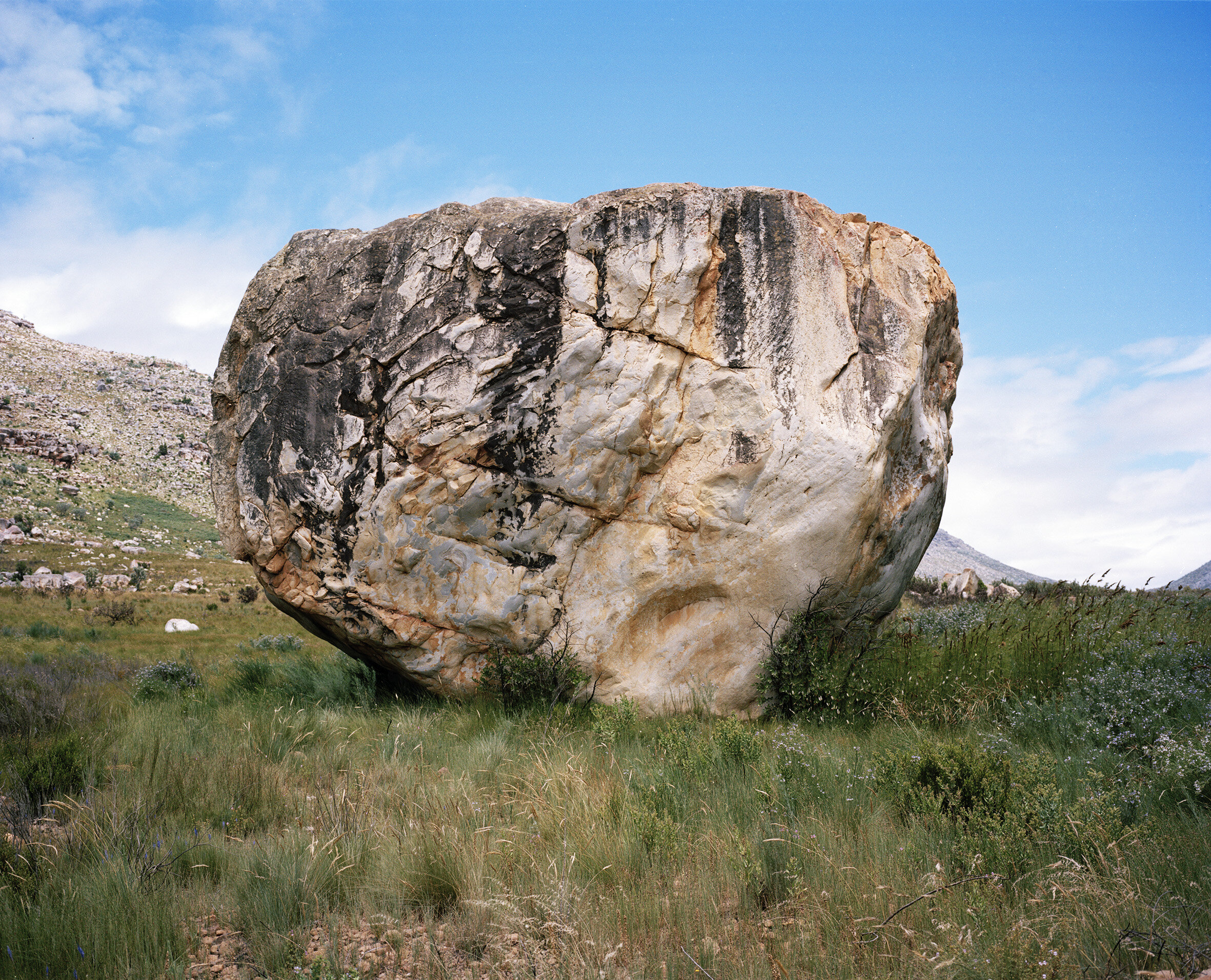‘I enjoyed the scientific work, especially solving problems and understanding the physics of the stars, so doing something like this is a kind of motivation for other people to become interested in astronomy and until you study physics and astronomy, you don’t really know what is going on in the stars and you don’t see what professional astronomers are interested in. There are many things happening in our own galaxy and in our own solar system and of course with the space age we know a lot more now about planets and asteroids and many things. So even quite nearby objects turned out to be more interesting than people realised in the past. I studied the heat radiation from stars, with infra-red light. Usually stars that are forming or stars that are dying have a lot of dust around them and this shows up very strongly in the infra-red, so I studied basically variable stars that show up brightly in the infra-red and I studied certain types of galaxies which have active centers, the nuclei we call them - and quasars. So you think of stars, but dust and gas are also very important parts of the galaxies in the sky.’
Read MoreCEDERBERG ASTRONOMICAL OBSERVATORY # 4, CEDERBERG
CHRIS FORDER, TELESCOPE BUILDER, CEDERBERG ASTRONOMICAL OBSERVATORY, WESTERN CAPE
'If you consider there are between 10 and 20 times as many galaxies outside ours as there are stars in our galaxy - and we have maybe 200 billion stars, so multiply that between 10 and 20 and that is the number of galaxies, and each of those may have 200 billion starts. So we are pretty insignificant. If you go and look at a piece of sand outside. That is how insignificant we are. We think we are important but we are not.' - Chris Forder. Amateur Telescope builder.
Read MoreBIG ROCK, CEDERBERG
CEDERBERG ASTRONOMICAL OBSERVATORY # 2, CEDERBERG
‘If you consider there are between 10 and 20 times as many galaxies outside ours as there are stars in our galaxy - and we have maybe 200 billion stars, so multiply that between 10 and 20 and that is the number of galaxies, and each of those may have 200 billion stars. So we are pretty insignificant. If you go and look at a piece of sand outside. That is how insignificant we are. We think we are important but we are not.’
Chris Forder, amateur telescope builder, Cederberg Astronomical Observatory partner.
Read MoreCEDERBERG ASTRONOMICAL OBSERVATORY # 1, CEDERBERG
‘Are we alone, I don’t know - the thing is, we will probably never know. If we find a civilization that can signal to us we’ve got to be able to signal to them. If they are a 100 light years away we are talking about a 100 years between every communication, and by then the other one may have died out or they may have not reached the communications technology or we may have blown ourselves up enough to have to start all over again. So we will probably not communicate with anyone out there - not in our lifetime. But there is probably someone. We are so proud that we call them aliens - we may be the aliens. Who knows.’
Chris Forder, amateur telescope builder, Cederberg Astronomical Observatory partner.
Read More




